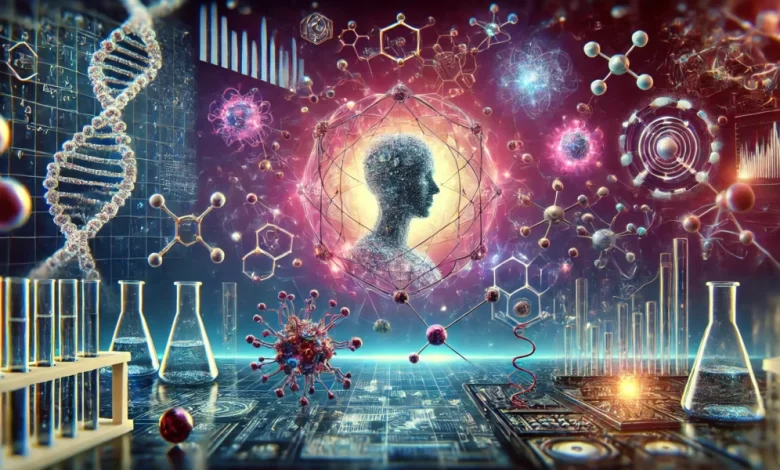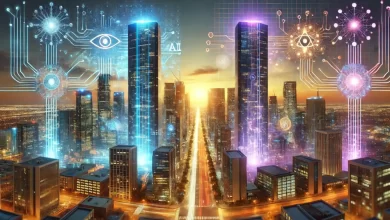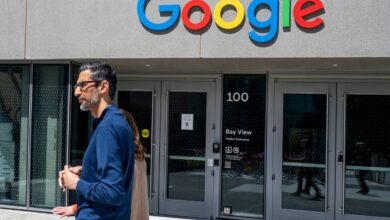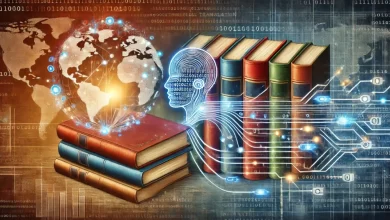How AI Researchers Won Nobel Prizes in Physics and Chemistry: Two Key Lessons for Future Scientific Discoveries

The 2024 Nobel Prizes have surprised many, as AI researchers are among the distinguished recipients in both physics and chemistry. Geoffrey Hinton and John J. Hopfield received the Nobel Prize in Physics for their fundamental work in neural networks. Demis Hassabis and his colleagues John Jumper and David Baker, on the other hand, received the Chemistry Prize for their groundbreaking AI tool that predicts protein structures. In this article, we take a closer look at how these AI researchers earned these awards and explore what their achievements mean for the future of scientific research.
How AI Researchers Won the Nobel Prize in Physics
The core of modern AI lies in the concept of neural networks, mathematical models inspired by the structure and function of the human brain. Geoffrey Hinton and John J. Hopfield played a key role in shaping the foundations of these networks using principles from physics.
John J. Hopfield’s background in physics brought a new perspective to AI when he developed the Hopfield Network in 1982. This recurrent neural network, designed as a model of associative memory, was heavily influenced by statistical mechanics, a branch of physics concerned with understanding how the behavior of large systems emerges from their smaller components. Hopfield proposed that researchers could view neural activity as a physical system that strives for equilibrium. This perspective enabled the optimization of neural networks to tackle complex computational challenges, paving the way for more advanced AI models.
Geoffrey Hinton, often called the ‘Godfather of deep learning’, also incorporated principles from physics into his work on neural networks. His development of energy-based models, such as Boltzmann machineswas inspired by the idea that systems minimize their energy to achieve optimal solutions – an essential concept in thermodynamics. Hinton’s models used this principle to efficiently learn from data by reducing errors, just as physical systems move to a lower energy state. His development of the backpropagation algorithmwhich powers the training of deep neural networks (the backbone of modern AI systems like ChatGPT), relies on techniques from physics and calculus to reduce errors in the learning process, similar to energy minimization in dynamic systems.
How AI researchers won the Nobel Prize in Chemistry
While Hinton and Hopfield applied physics principles to advance AI, Demis Hassabis applied these AI developments to one of the most important challenges of biology and chemistry: protein folding. This process, by which proteins assume their functional three-dimensional shapes, is crucial for understanding biological functions, but has long been difficult to predict. Traditional methods such as X-ray crystallography And NMR spectroscopy are slow and expensive. Hassabis and his team at DeepMind have transformed this field AlphaFoldan AI-powered tool that predicts protein structures with remarkable precision.
AlphaFold’s success lies in its ability to integrate AI with core principles of physics and chemistry. The neural network was trained on massive data sets of known protein structures, learning the patterns that determine how proteins fold. But more importantly, AlphaFold goes beyond computational brute force by incorporating physics-based constraints – such as the forces that drive protein folding, such as electrostatic interactions and hydrogen bonds – into its predictions. This unique blend of AI learning and physical laws has transformed biological research and opened doors to breakthroughs in drug discovery and medical treatments.
Lessons for future scientific discoveries
While the awarding of these Nobel Prizes recognizes the scientific achievements of these individuals, it also carries two crucial lessons for future development.
1. The importance of interdisciplinary collaboration
Awarding these Nobel Prizes underlines the importance of interdisciplinary collaboration between scientific fields. The work of Hinton, Hopfield and Hassabis shows how breakthroughs often occur at the intersection of fields. By combining knowledge from physics, AI and chemistry, these researchers have solved complex problems that were once thought to be unsolvable.
In many ways, Hinton and Hopfield’s advances in AI provided the tools Hassabis and his team used to make breakthroughs in chemistry. At the same time, insights from biology and chemistry help further refine AI models. This exchange of ideas across disciplines creates a feedback loop that fosters innovation and leads to breakthrough discoveries.
2. The future of AI-powered scientific discovery
These Nobel Prizes also herald a new era in scientific discovery. As AI continues to evolve, its role in biology, chemistry and physics will only increase. AI’s ability to analyze massive data sets, recognize patterns, and generate predictions faster than traditional methods is transforming research across the board.
For example, Hassabis’ work on AlphaFold has dramatically accelerated the pace of discovery in protein science. What used to take years or even decades to solve can now be accomplished in just a few days with the help of AI. This ability to quickly generate new insights will likely lead to advances in drug development, materials science and other critical areas.
Furthermore, as AI becomes increasingly intertwined with scientific research, its role will extend beyond that of a tool. AI will become an essential contributor to scientific discovery and help researchers push the boundaries of human knowledge.
The bottom line
The recent Nobel Prizes awarded to AI researchers Geoffrey Hinton, John J. Hopfield and Demis Hassabis represent an important moment in the scientific community and highlight the crucial role of interdisciplinary collaboration. Their work shows that breakthrough discoveries often occur at the intersection of different fields, enabling innovative solutions to long-standing problems. As AI technology continues to develop, its integration with traditional scientific disciplines will accelerate discoveries and change the way we approach research. By fostering collaboration and harnessing AI’s analytical capabilities, we can drive the next wave of scientific progress, ultimately reshaping our understanding of the world’s complex challenges.






